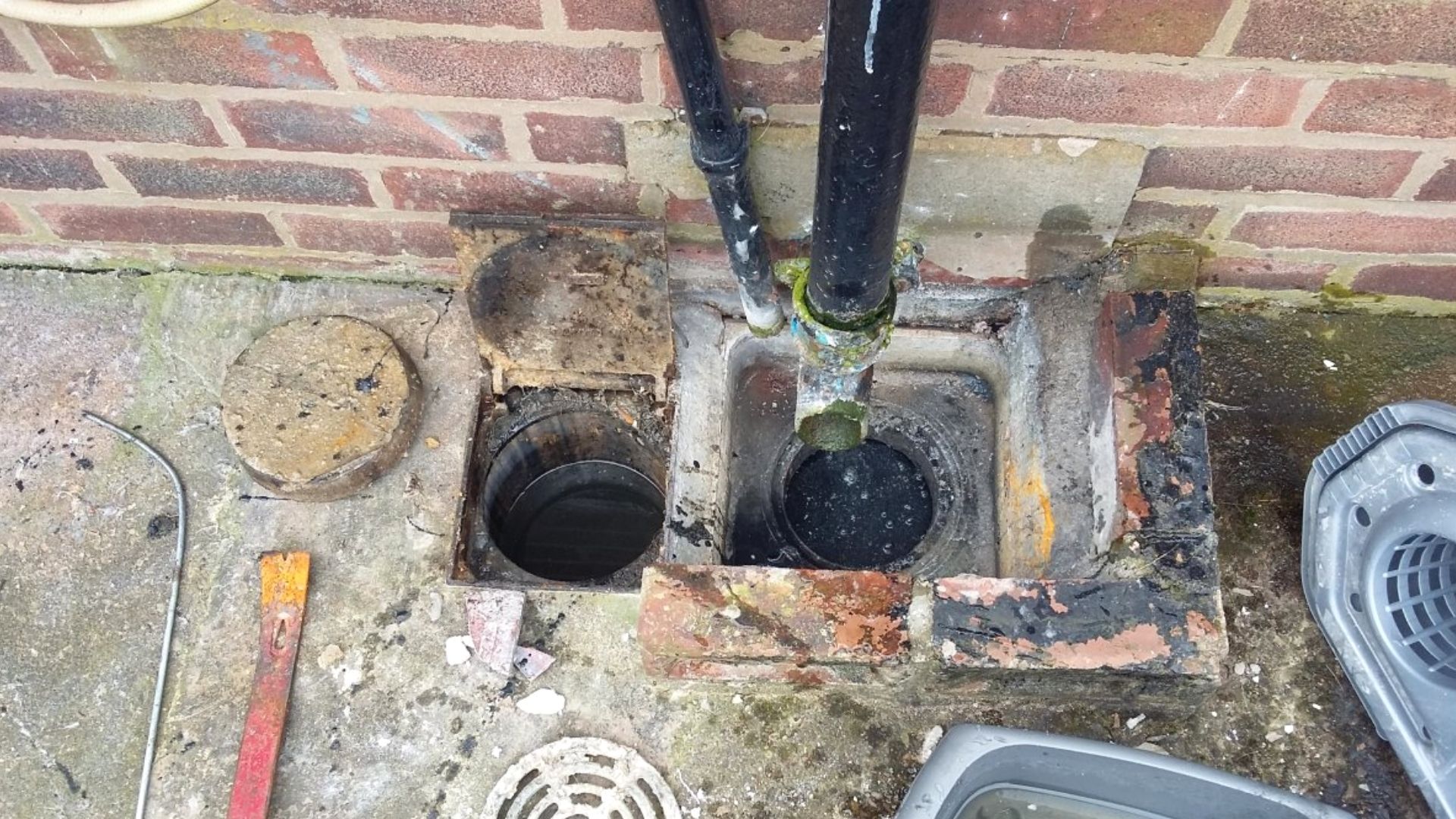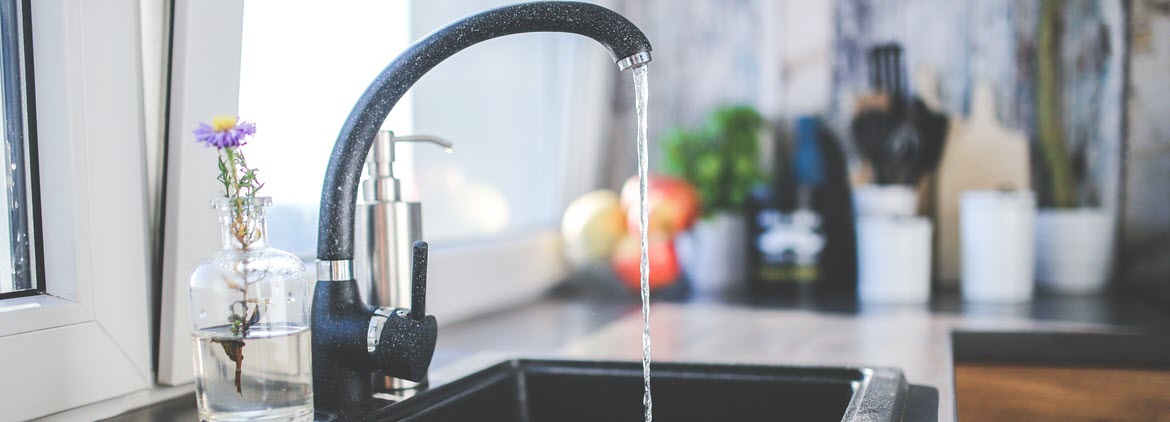Steps to Manage a Blocked Drain Before Contacting Plumbing Experts
Steps to Manage a Blocked Drain Before Contacting Plumbing Experts
Blog Article
What're your beliefs about Tips for Dealing with Clogged Drains and Sewer Lines?

Introduction
Taking care of an obstructed drain can be a discouraging experience, interfering with everyday tasks and possibly triggering damage to your building. Nonetheless, before reaching out to pipes experts, there are steps you can require to resolve the concern yourself. In this overview, we'll explore DIY remedies and safety nets to deal with a blocked drain effectively.
Determining the Concern
The primary step in resolving an obstructed drain is identifying the signs. Sluggish water drainage, gurgling sounds, foul odors rising from drains, or water support up are common signs of an obstructed drainpipe. Recognizing these signs early can help stop better problems.
Selecting the Right Plumbing Service
When choosing a plumbing service, think about variables such as experience, licensing, and customer testimonials. Choose a trusted plumber with a track record of quality handiwork and transparent prices methods.
Price Factors to consider
The expense of specialist drainpipe cleaning company can differ relying on the severity of the clog and the plumbing's prices. Demand quotes from several companies and ask about any type of additional charges to make sure transparency and stay clear of shocks.
Safety Precautions
When trying DIY drain cleansing, focus on safety and security. Put on safety handwear covers and eyeglasses to prevent contact with damaging chemicals or microorganisms. Never blend different drainpipe cleaning items, as this can generate hazardous fumes.
Situation Studies
Real-life examples illustrate the effectiveness of DIY services and the relevance of timely expert intervention in settling drain clogs.
Usual Root Causes Of Blocked Drainpipes
Recognizing the variables that contribute to drain pipes blockages is necessary for reliable resolution. Common offenders consist of hair, soap scum, oil, food particles, and foreign things like sanitary products or paper towels. Tree origins invading underground pipelines can likewise trigger significant blockages.
Do it yourself Solutions
For small clogs, numerous DIY options can be efficient. Putting boiling thin down the drain can help dissolve oil and debris. Sodium bicarbonate and vinegar or a combination of salt and cooking soda can work as all-natural cleansers. Using a bettor or pipes snake to dislodge obstructions is an additional option.
Devices and Equipment
Having the right tools available can make DIY drainpipe cleansing much more efficient. A plunger is a flexible device for getting rid of blockages in sinks, toilets, and showers. A pipes snake or auger can get to much deeper obstructions, while drainpipe cleansing chemicals can be used cautiously for persistent clogs.
Safety nets
To prevent future obstructions, taking on safety nets is important. Set up drainpipe guards or strainers to catch hair and debris before they go into the pipelines. Frequently flush drains pipes with warm water to dissolve grease accumulation, and avoid getting rid of oil or strong waste down the tubes.
When to Call a Professional
While DIY solutions can deal with minor blockages, particular indications show the need for specialist support. Persistent obstructions, foul odors regardless of cleansing initiatives, or several drains backing up simultaneously are red flags that warrant skilled intervention.
Conclusion
By complying with the tips outlined in this guide, you can properly take on blocked drains and avoid future pipes concerns. Whether opting for DIY solutions or looking for professional support, prompt action is vital to keeping a healthy and balanced plumbing system and preserving the integrity of your home.
10 TIPS TO CLEAR ANY BLOCKED DRAIN
SIGNS OF A BLOCKED DRAIN
Blocked drains can be a source of property damage and health problems for people and pets. The early warning signs of a blocked drain are:
Overflowing
You’re probably quite used to everything flowing down your drain. As a result, it’s quite alarming seeing water spill back up. If your drain is overflowing, that means you’re facing a blockage.
Gurgling sounds
Gurgling sounds indicate that the water is pooling and pushing against the pipe. If you experience this, it’s often the case that a blockage is a problem.
Slow draining
When emptying your sink or taking a shower, you might notice that the water pools for longer than expected. Usually, the problem worsens rather than getting better by itself, which suggests that the blockage is growing larger.
CAUSES OF A BLOCKED DRAIN
Although most people use their drains appropriately, it’s quite easy to make mistakes. Occasionally, everyday use results in blocked drains too. Common causes include:
Tree roots
Tree roots won’t be the cause of local drain blockages, but they can disrupt your main sewage system. The root keeps growing until it breaches the pipe and causes a blockage.
Toiletries
Although toiletries are essential, some can cause drain blockages. For example, nappies, baby wipes and sanitary products should not be flushed down the toilet.
Foreign objects
When you have kids, there’s always a risk they’ll flush something unusual down the toilet. Toys and other foreign objects become lodged in the u-bend, resulting in a blockage.
Mineral Buildup
When minerals such as calcium build up in your pipes, this causes constriction. Although this may not cause a blockage on its own, it does make it easier for other types of blockages to form.
Soap
Although liquid soap may not cause drain blockages, solid soap bars can get lodged within pipes until they eventually break down. One way to stop this from happening is to use a mesh wire guard to cover plug holes.
Natural Debris
Natural debris can fall into your outdoor drains, especially when you don’t use gutter guards. This usually means leaves and twigs, although it can include dirt and grit too.
HOW TO CLEAR A BLOCKED DRAIN
Boiling water
Boiling water is useful for tackling blocked drains caused by grease, conditioner, and some other kinds of toiletries. This is because these substances have a low melting point, and the extreme heat helps to break them up. Boil a kettle with water and pour it down the drain to shift the blockage.
Natural cleaners
You can use some natural cleaners to create a fizzing effect that breaks drain blockages apart. Try pouring hot water down the drain, then follow it with one cup of bicarbonate of soda and a cup of vinegar. Leave it for ten minutes, then chase it with more hot water. A combination of the hot water and the natural cleaner mixture can break blockages up.
Caustic cleaners
Some stores sell caustic cleaners that take stronger action against drain blockages. It dissolves grease, fat, and oils, making it ideal for tougher blockages. Always follow the instructions on the packaging and ventilate the room before starting.
Plungers
As a simple yet effective tool, plungers can help to dislodge local blockages. They work by forming a seal around the plug hole, followed by a vacuum effect that removes the blockage.
DIY drain snake
You can make a DIY drain snake out of any thin metal wire, such as a coat hanger. Leave a hook at the end of the snake and insert it into the plughole. Try using it to fish out local blockages made of hair. This approach is most effective in showers.
https://preciseservices.com.au/10-tips-to-clear-any-blocked-drain/

As an avid reader on Some easy tips to fix blocked drains, I imagined sharing that segment was worth the trouble. Are you aware of somebody else who is truly interested in Some easy tips to fix blocked drains? Feel free to share it. Thank you for taking the time to read it.
Call Today Report this page